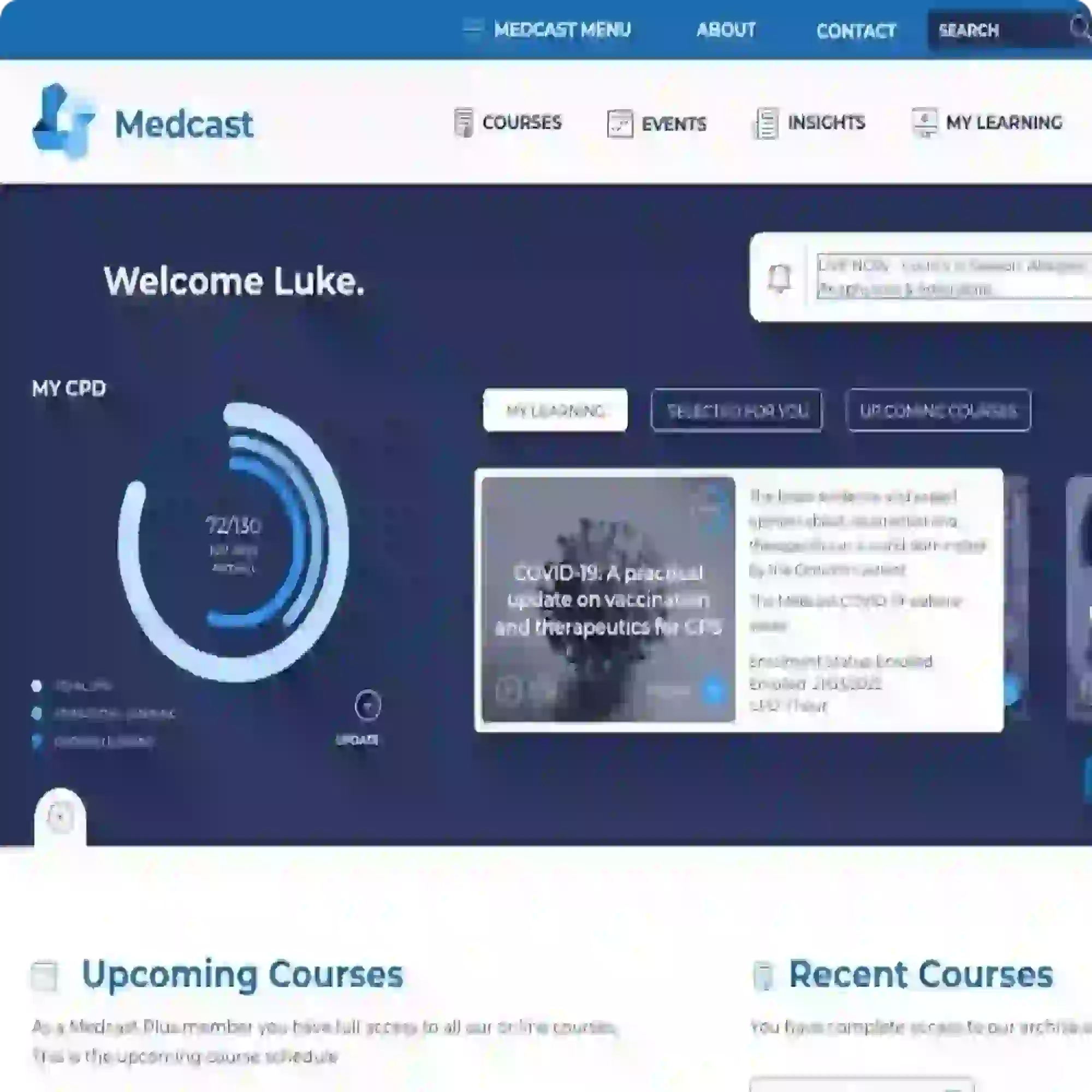Knee osteoarthritis - clinical fact sheet and MCQ
Overview
Knee osteoarthritis (OA) is a chronic degenerative joint disease affecting the synovial knee joint, leading to pain, stiffness, swelling, and reduced mobility. It is one of the most common forms of arthritis and a leading cause of disability worldwide. The condition arises due to the gradual breakdown of cartilage, which cushions the ends of bones, leading to joint space narrowing, osteophyte formation, and inflammation.
The prevalence of knee OA increases with age, affecting about 3.8% of the global population, with higher rates in those over 60 years. In Australia, over 2.1 million people are estimated to have osteoarthritis, and knee OA accounts for a significant proportion of these cases. Women are more frequently affected than men, and the condition is more common in individuals who are overweight or obese.
Knee OA has a substantial impact on quality of life. It can impair walking, climbing stairs, and performing daily activities such as standing from a seated position, getting in and out of vehicles, and engaging in work or leisure. The resulting inactivity can contribute to mental health issues, including anxiety and depression.
Risk factors
Lorem ipsum dolor sit amet, consectetur adipiscing elit. Maecenas eu odio in nibh placerat tempor ac vel mauris. Nunc efficitur sapien at nisl semper dapibus. Nullam tempor eros sed dui aliquam lacinia. Nunc feugiat facilisis ex.
Vestibulum ante ipsum primis in faucibus orci luctus et ultrices posuere cubilia curae; Maecenas mauris nibh, tempus sit amet erat vel, pellentesque maximus ipsum. Suspendisse dui nunc, porta ac ultricies id, sodales eu ante.
The Medcast medical education team is a group of highly experienced, practicing GPs, health professionals and medical writers.
Become a member and get unlimited access to 100s of hours of premium education.
Learn moreCo-billing and split billing are often a source of confusion for many GPs. This FastTrack clearly defines these two methods of billing, including examples, explanations of when it is and isn’t appropriate to co- or split bill, and common compliance pitfalls. 30 mins each RP and EA available with the quiz.
The Coordinated Veterans’ Care (CVC) Program is a DVA initiative that allows GPs to provide structured, proactive care in the community for eligible veterans and war widows. This FastTrack provides a guide to billing the CVC program, and outlines a strategy for its practice-wide integration.
Achilles tendinopathy is a common cause of posterior heel pain and functional impairment. GPs are well-placed to coordinate care for these patients. This FastTrack fact sheet provides a concise summary of diagnosis and non-surgical management, including when to refer. Earn 30mins each RP and EA CPD with the quiz.

